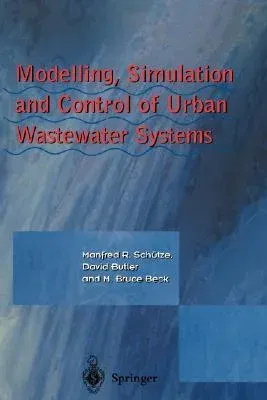by Professor Poul Harremoes Environmental engineering has been a
discipline dominated by empirical approaches to engineering.
Historically speaking, the development of urban drainage structures was
very successful on the basis of pure empiricism. Just think of the
impressive structures built by the Romans long before the discipline of
hydraulics came into being. The fact is that the Romans did not know
much about the theories of hydraulics, which were discovered as late as
the mid-1800s. However, with the Renaissance came a new era. Astronomy
(Galileos) and basic physics (Newton) started the scientific revolution
and in the mid-1800s Navier and Stokes developed the application of
Newtons laws to hydrodynamics, and later, St. Venant the first basic
physics description of the motion of water in open channels. The
combination of basic physical understanding of the phenomena involved in
the flow of water in pipes and the experience gained by "trial and
error", the engineering approach to urban drainage improved the design
and performance of the engineering drainage infrastructure. However, due
to the mathematical complications of the basic equations, solutions were
available only to quite simple cases of practical significance until the
introduction of new principles of calculation made possible by computers
and their ability to crunch numbers. Now even intricate hydraulic
phenomena can be simulated with a reasonable degree of confidence that
the simulations are in agreement with performance in practice, if the
models are adequately calibrated with sample performance data.

